Japanese Maple Care - Learn How To Grow A Japanese Maple Tree
Japanese maples are noted for their lacy, finely-cut leaves, brilliant fall color, delicate structure and the beautiful addition they make to the landscape.
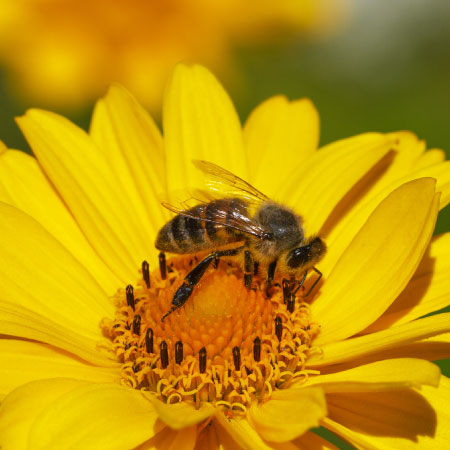
Amy Draiss
With so many different sizes, colors, and leaf shapes, it's hard to describe a typical Japanese maple, but without exception, these attractive trees with their refined growth habit are an asset to the home landscape. Japanese maples are noted for their lacy, finely cut leaves, brilliant fall color, and delicate structure.
Continue reading to learn more about how to grow a Japanese maple tree. Most horticulturalists refer to cultivars of Acer palmatum as Japanese maples, but a few also include A. japonicum cultivars. While A. palmatum is hardy in USDA plant hardiness zones 6 through 9, A. japonicum extends the growing area into zone 5.
This variety is also sturdier in appearance and bears reddish purple flowers in spring. Growing Japanese maples make excellent specimen or lawn trees. Smaller cultivars are the perfect size for shrub borders and large patio containers.
Use upright types as understory trees in woodland gardens. Plant them where you need to add fine texture in the garden.
How to Grow a Japanese Maple Tree
When you are growing Japanese maples, the trees need a location with full sun or partial shade, but planting a Japanese maple in full sun may result in scorched leaf margins on young trees in summer, especially in hot climates.
You'll see less scorching as the tree ages. In addition, growing Japanese maples in a location with more exposure to bright sunlight leads to more intense fall color. The trees grow well in almost any type of soil as long as it is well-drained.
Japanese Maple Care
Japanese maple care is easy. Caring for Japanese maples in summer is mainly a matter of providing enough water to prevent stress.
Gardening tips, videos, info and more delivered right to your inbox!
Sign up for the Gardening Know How newsletter today and receive a free copy of our e-book "How to Grow Delicious Tomatoes".
Water the tree deeply in the absence of rain. Apply the water to the root zone slowly so that the soil can absorb as much water as possible. Stop when the water begins to run off. Cut back on the amount of water in late summer to intensify the fall color. Adding 3 inches (8 cm.) of mulch helps the soil retain moisture and inhibits the growth of weeds. Pull the mulch back a few inches (8 cm.) from the trunk to prevent rot.
Any heavy pruning should be performed in late winter before the leaf buds begin to open. Cut out scraggly interior twigs and branches but leave the structural branches as they are. You can make small, corrective cuts any time of year. With such easy care and beauty, nothing is more rewarding than planting a Japanese maple in the landscape.

Jackie Carroll has written over 500 articles for Gardening Know How on a wide range of topics.
- Amy DraissDigital Community Manager
-
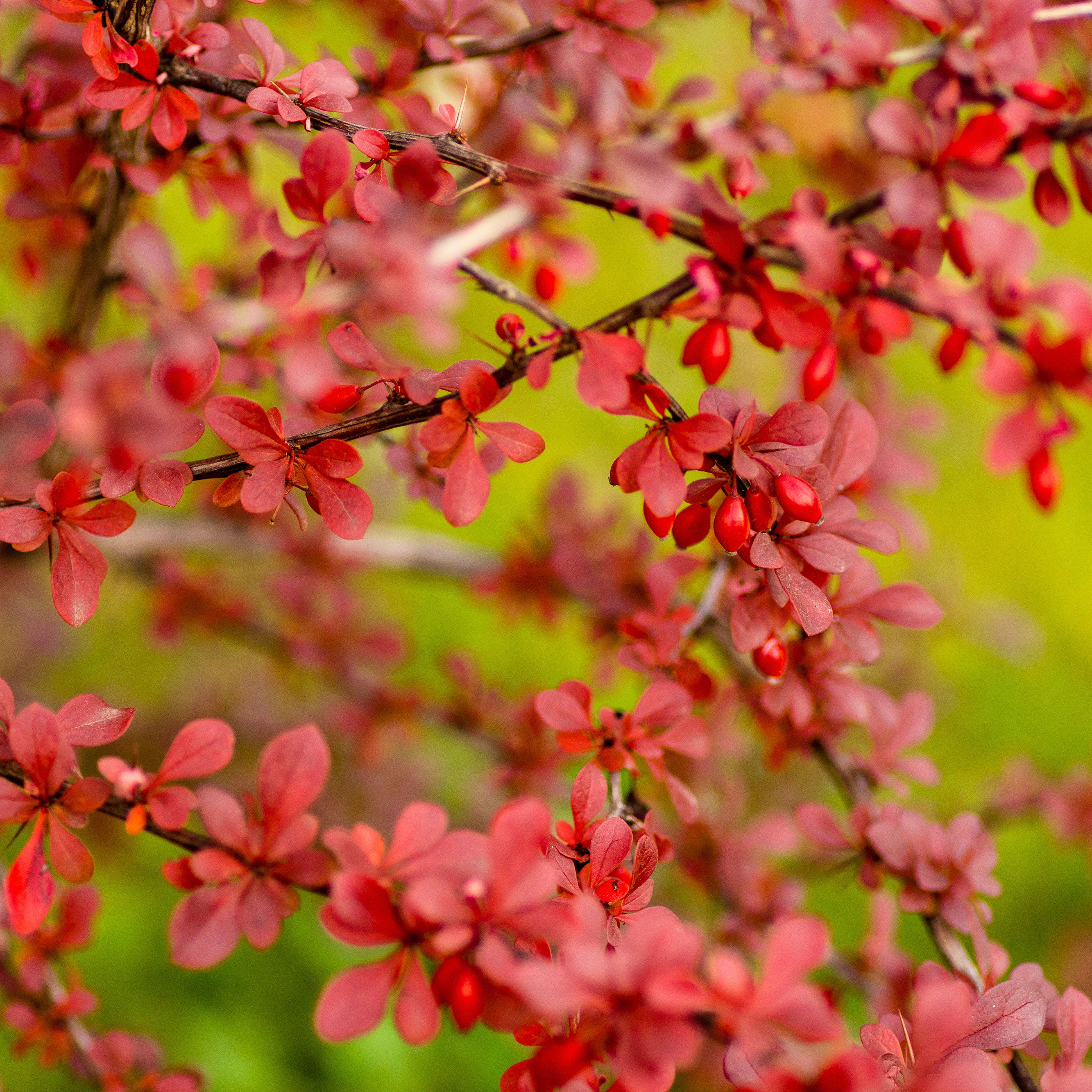 Which Invasive Shrubs Should You Avoid Growing? Plus, Best Natives To Plant Instead
Which Invasive Shrubs Should You Avoid Growing? Plus, Best Natives To Plant InsteadCertain plants may look lovely but they can wreak havoc to local areas and native wildlife. Here are the key invasive shrubs to avoid – with recommendations on gorgeous native alternatives to try
-
 What Not To Plant With Tomatoes: 8 Bad Neighbors That Could Ruin Your Harvest
What Not To Plant With Tomatoes: 8 Bad Neighbors That Could Ruin Your HarvestNot all companion plants are beneficial – some can sabotage your tomatoes. Find out which ones to keep at a safe distance in the garden.
-
 Which Invasive Shrubs Should You Avoid Growing? Plus, Best Natives To Plant Instead
Which Invasive Shrubs Should You Avoid Growing? Plus, Best Natives To Plant InsteadCertain plants may look lovely but they can wreak havoc to local areas and native wildlife. Here are the key invasive shrubs to avoid – with recommendations on gorgeous native alternatives to try
-
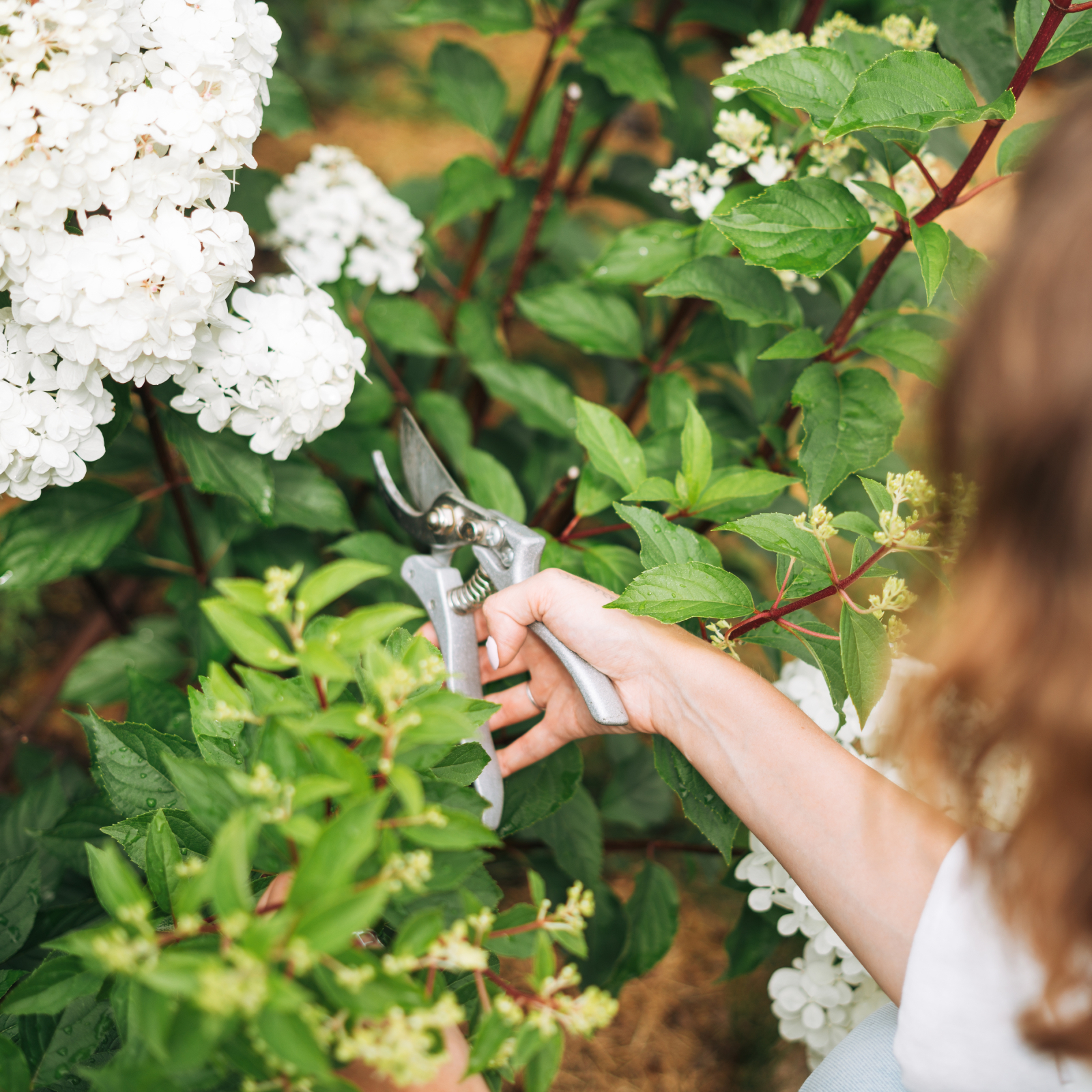 Pruning Limelight Hydrangea Bushes For Bigger Blooms & Stronger Plants
Pruning Limelight Hydrangea Bushes For Bigger Blooms & Stronger PlantsPruning 'Limelight' hydrangea will benefit the shrub. Flowers will be more bountiful the next year and branches will be stronger. Learn how and when to prune.
-
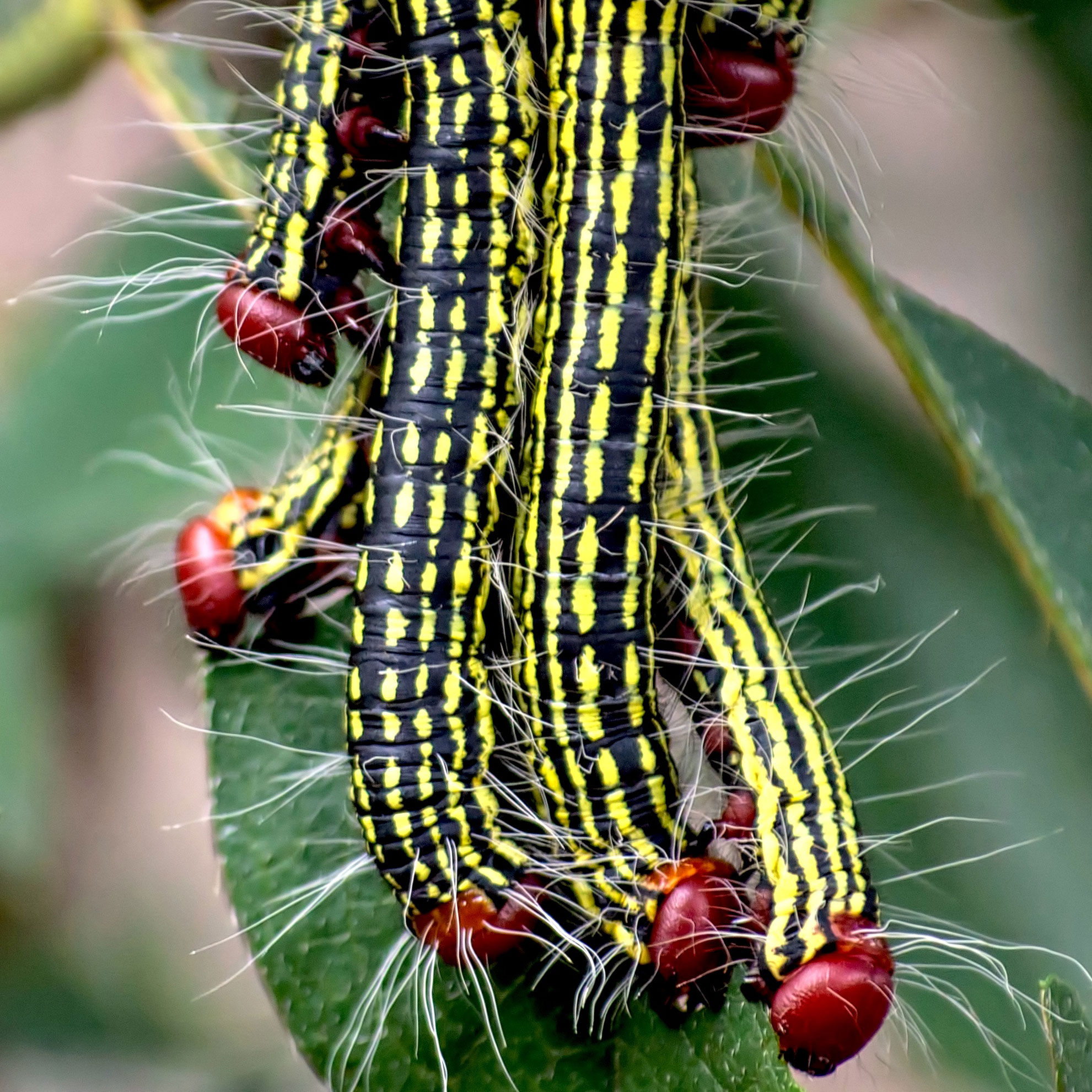 What’s Wrong With Your Azaleas? Identify, Tackle And Prevent 6 Common Azalea Pests
What’s Wrong With Your Azaleas? Identify, Tackle And Prevent 6 Common Azalea PestsIf you’ve spotted signs of azalea leaf damage, don’t panic – here’s how to identify the most common azalea pests so you can take action swiftly and keep plants healthy
-
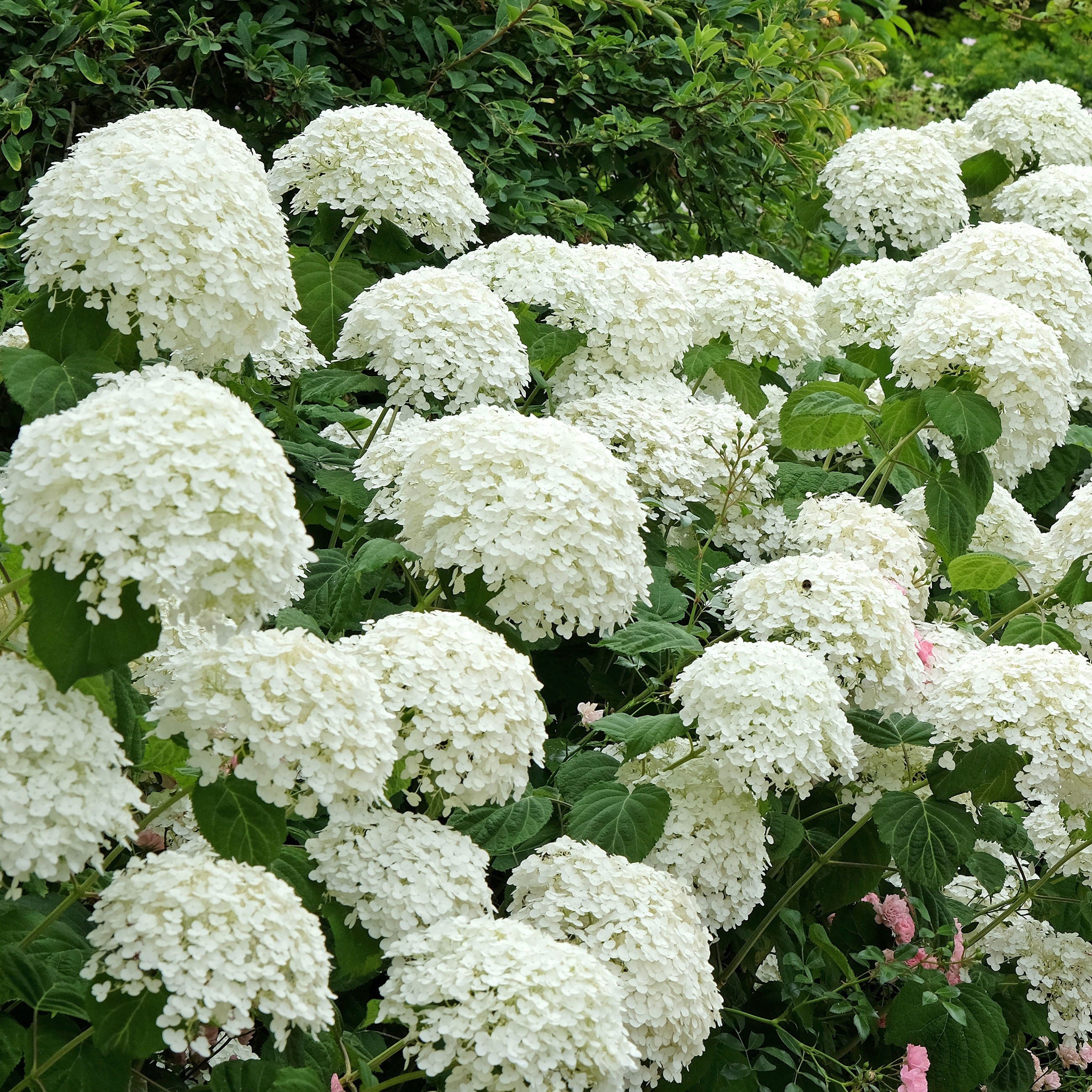 Native Hydrangea Varieties In North America – 8 Sensational Smooth And Oakleaf Varieties For Hardy Blooms And Multi-Season Beauty
Native Hydrangea Varieties In North America – 8 Sensational Smooth And Oakleaf Varieties For Hardy Blooms And Multi-Season BeautyHydrangeas are beloved for their enduring visual dynamics – but if you go native, they’re even better. Here are the most captivating native hydrangea varieties you can grow
-
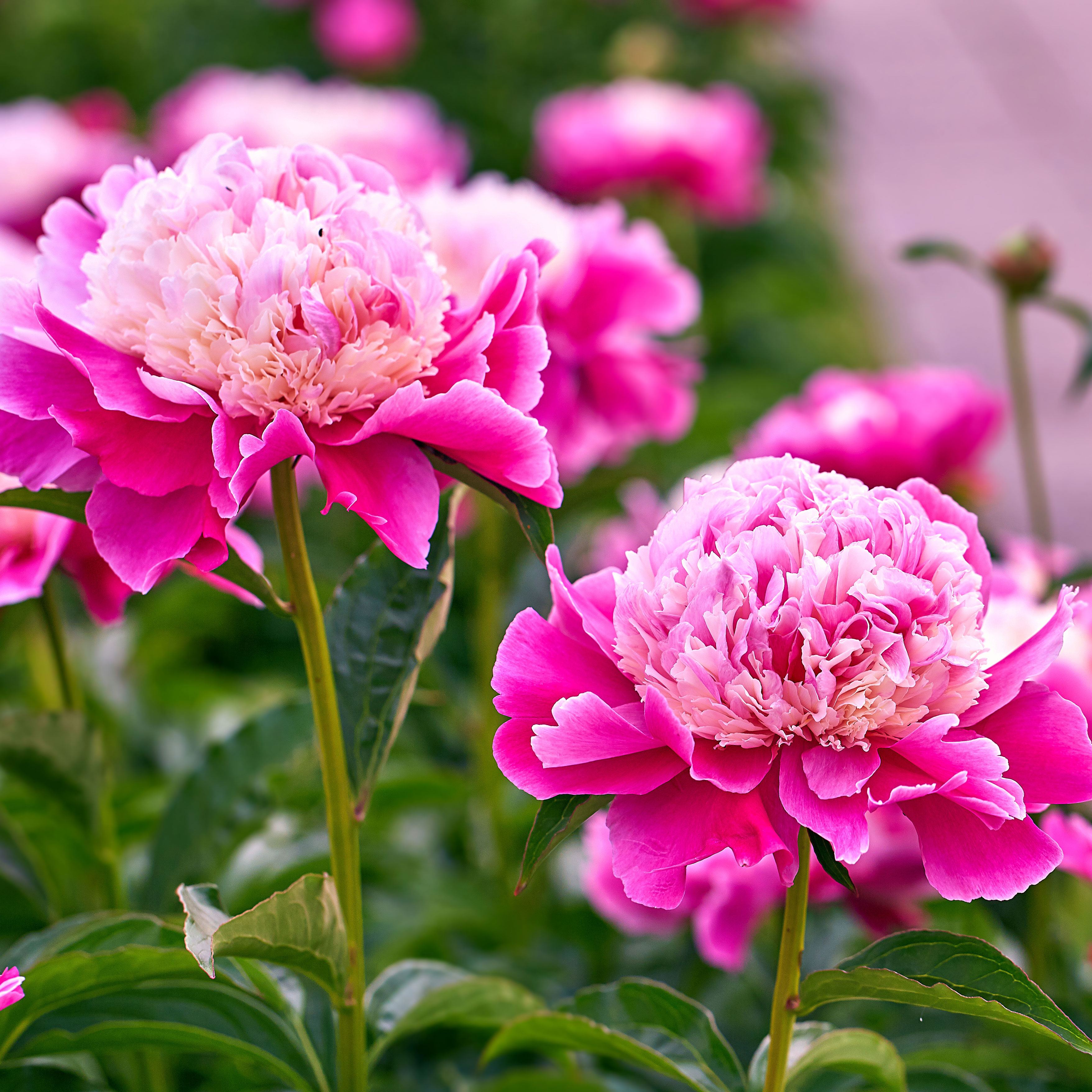 Grow These 8 Pretty Peony Colors To Include In Your Garden For A Spectacular Spring Rainbow
Grow These 8 Pretty Peony Colors To Include In Your Garden For A Spectacular Spring RainbowThere are as many shades of peony as there are types of garden – each more gorgeous than the last. Discover some of the most exhilarating peony colors for your yard
-
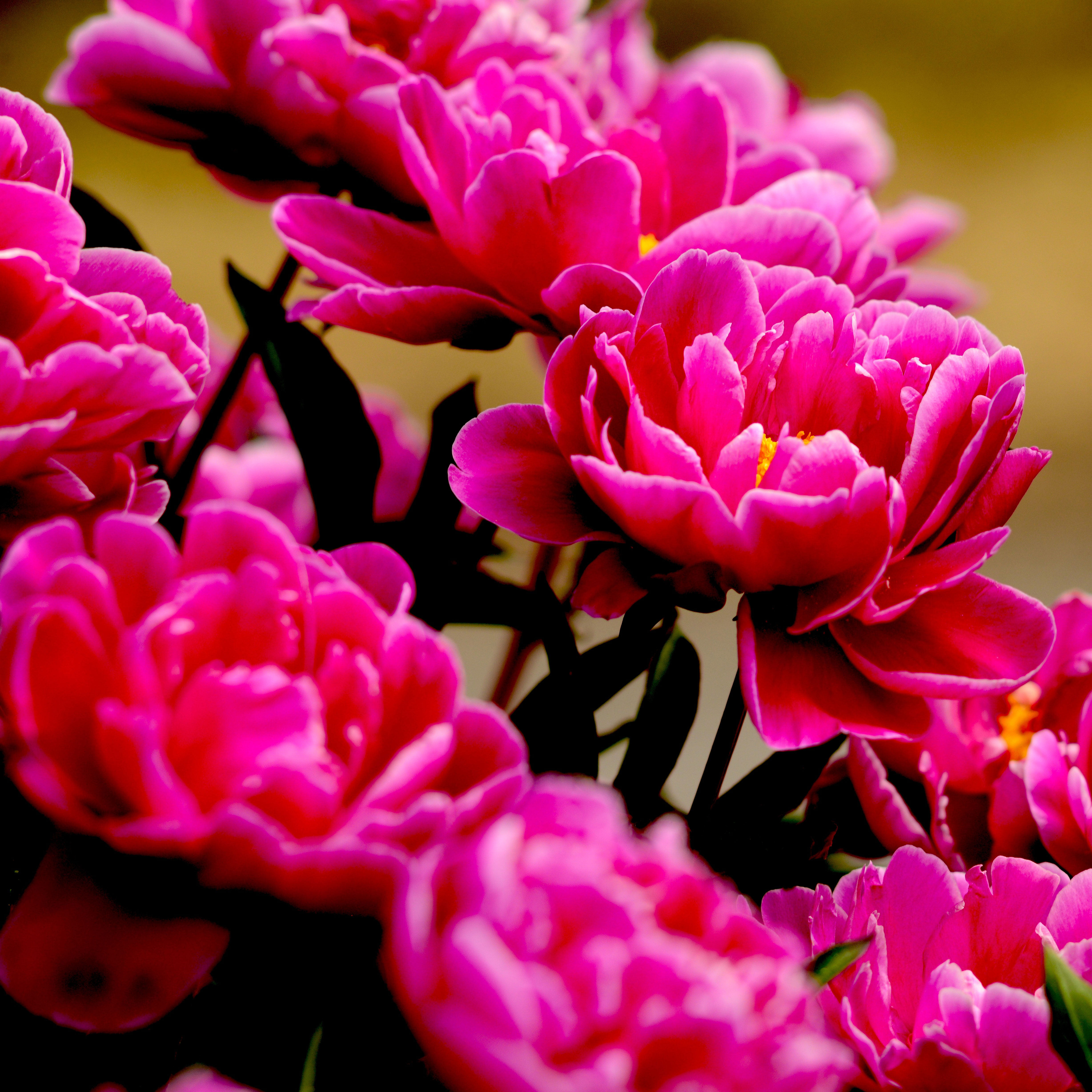 Grow ‘Karl Rosenfield’ Peony Plants For The Ultimate Frilly Border Beauties And Cut Flowers
Grow ‘Karl Rosenfield’ Peony Plants For The Ultimate Frilly Border Beauties And Cut FlowersFor frilly double magenta peony petals infused with a heady fragrance, grow ‘Karl Rosenfield’ peony plants. Here’s how to cultivate the ultimate plushy blooms
-
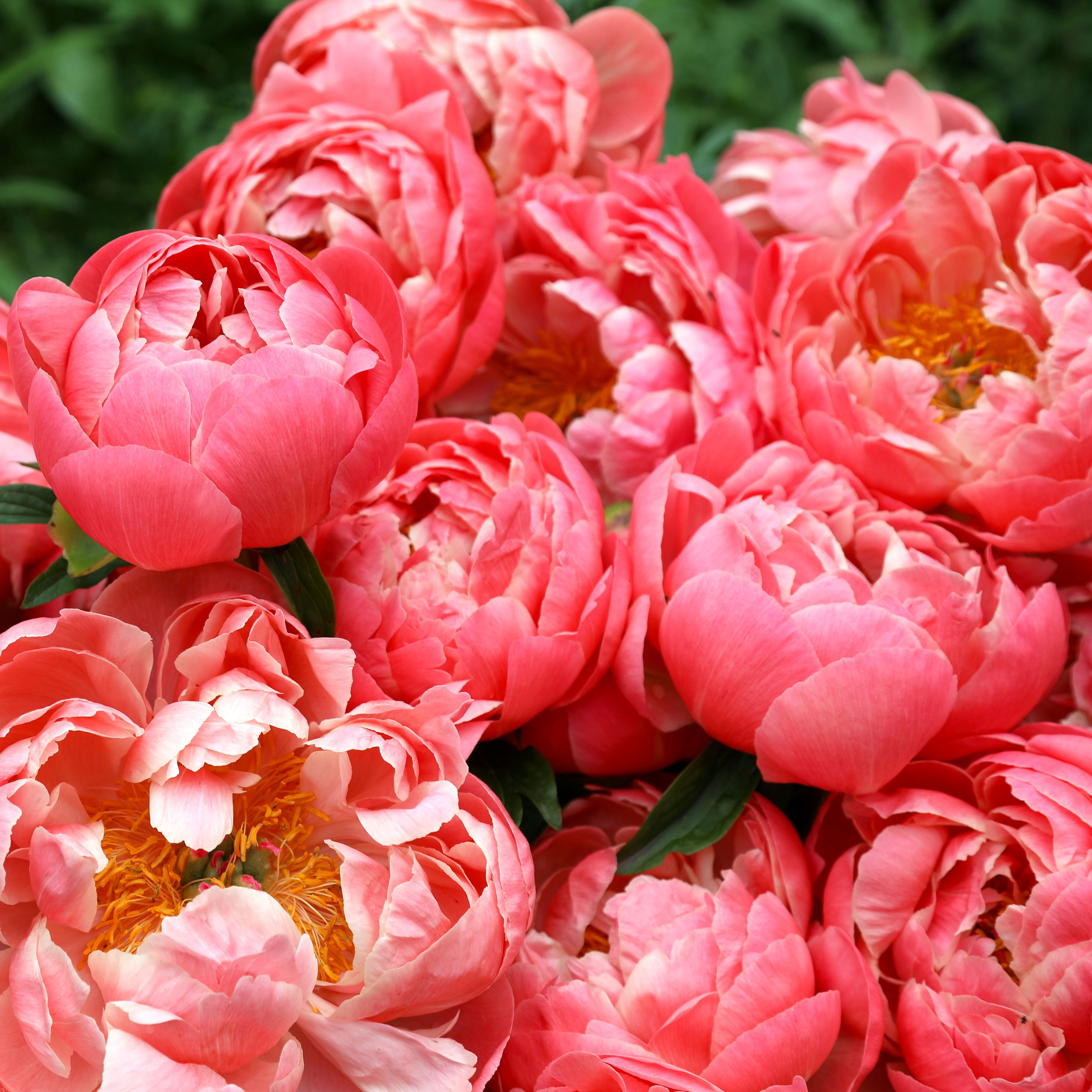 ‘Coral Charm’ Peony Care For Sublime Semi-Double Peonies With Lush Salmon Pink Flowers
‘Coral Charm’ Peony Care For Sublime Semi-Double Peonies With Lush Salmon Pink FlowersPeonies are known for their soft baby pink or magenta tones, but if plushy coral blooms are your thing, here’s our guide to the ultimate ‘Coral Charm’ peony care
-
 Want The Longest Lasting Hydrangea Flowers? Grow These 8 Panicle Hydrangea Varieties
Want The Longest Lasting Hydrangea Flowers? Grow These 8 Panicle Hydrangea VarietiesFor ornamental shrubs that deliver the longest flowering seasons with plush blooms and delicate hues, these panicle hydrangea varieties are essential in your yard